It sucks when your dog suddenly stops eating. It took me by surprise for the first time, and I worried Jeff had gotten sick. I tried all my usual tricks to entice him, but his appetite remained elusive. It was after a lot of effort that I could make him eat.
So trust me, I know how stressful it can be when your dog suddenly stops eating. That’s why I decided to put together this article – to help fellow dog parents like you navigate through this challenging situation.
You can do much when your dog is not eating, so don’t worry. For example, a tired and well-exercised dog is more likely to eat the food without the need to be forced down.
Plus, the exercise might get things moving in the digestive system, making them feel better and back in the mood for food again.
1. Quick Answer: How to feed a dog who won’t eat?
When dealing with a dog refusing to eat, approach the situation with care and understanding. Start by naturally stimulating your dog’s appetite with a positive environment, high-quality and nutritious food, and hand-feeding to take advantage of the bond between you two.
If your dog’s reluctance persists, consider consulting a veterinarian or a qualified dog behaviourist for professional guidance tailored to your dog’s needs. They may recommend syringe feeding or other methods.
2. Should you force-feed a dog that won’t eat?
Generally, you shouldn’t force-feed your dog until no other options are available. And even then, it should only be considered under the guidance of a veterinarian. There’s always an underlying reason when a dog stops eating, so you must try and resolve the issue, as force-feeding won’t solve the overall problem.
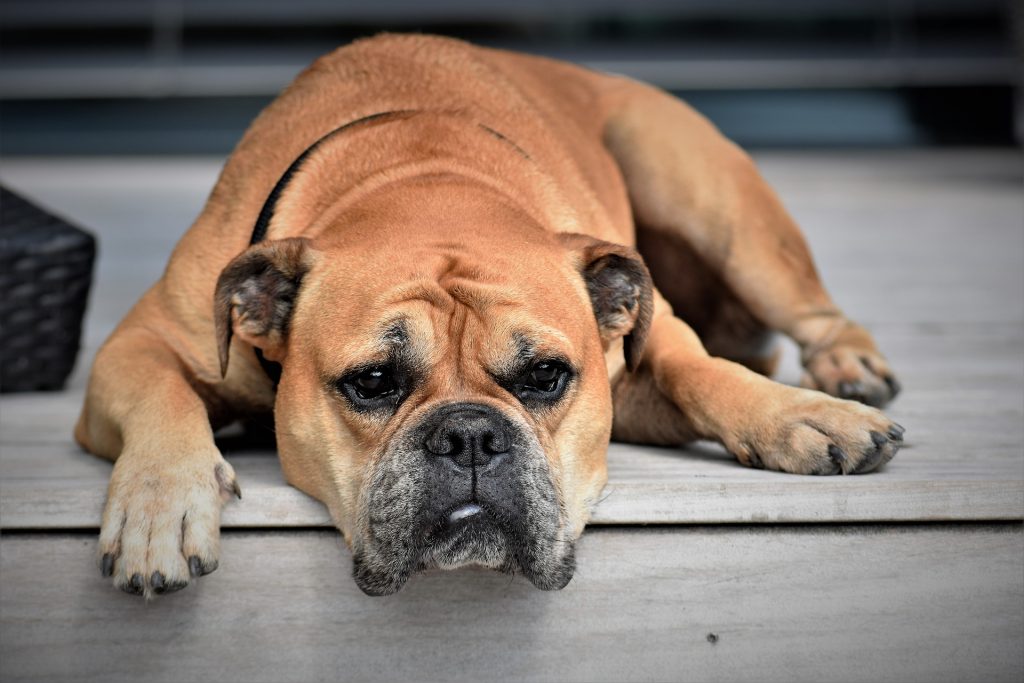
3. How can I stimulate my dog’s appetite naturally?
There are several ways to encourage your dog to eat its food naturally. By creating a positive feeding environment and implementing some simple adjustments, you can help your pup resolve its issue.
I. Creating a Positive Feeding Environment
Find a quiet and comfortable place for mealtime to reduce distractions and help your dog feel at ease.
Using clean, stainless-steel or ceramic food bowls is pertinent to avoid any off-putting odours or tastes that plastic bowls may retain.
Finally, establish a consistent feeding routine to create a sense of predictability and security for your dog. As I said earlier, dogs thrive on routine.
II. Choosing the Food for your Dog:
Ensure you provide high-quality, nutritious dog food that meets your pet’s dietary needs. Try different flavours and textures of food to find what they enjoy the most.
Avoid feeding table scraps or too many treats, as it can spoil your dog’s appetite.
Read More: 12 Best Dry Dog Food to Buy in the UK & How to Choose the Best
III. Hand-Feeding Reluctant Eaters:
Hand-feeding can be an incredibly effective and intimate way to encourage your dog to eat when they are hesitant to do so on their own. This technique allows you to create positive associations with food and build a deeper bond with your furry companion.
Start by holding small pieces of their favourite treats or food in your hand. Allow your dog to approach and take the food from your palm at their own pace.
Use a calm and encouraging tone to reassure them during the process.
IV. Mixing Food with Treats and Toppers
Enhance the appeal of their regular meals by mixing in some dog-safe and healthy toppers or treats.
Add a small amount of broth or gravy to entice them, or introduce small pieces of cooked meat or veggies.
Every dog is unique, so finding what works best for your pup may take trial and error.
Be patient and attentive, observing any positive changes in their eating habits. If you’re still facing challenges despite these natural stimulation techniques, it’s essential to seek professional advice from your veterinarian or a qualified dog behaviourist.
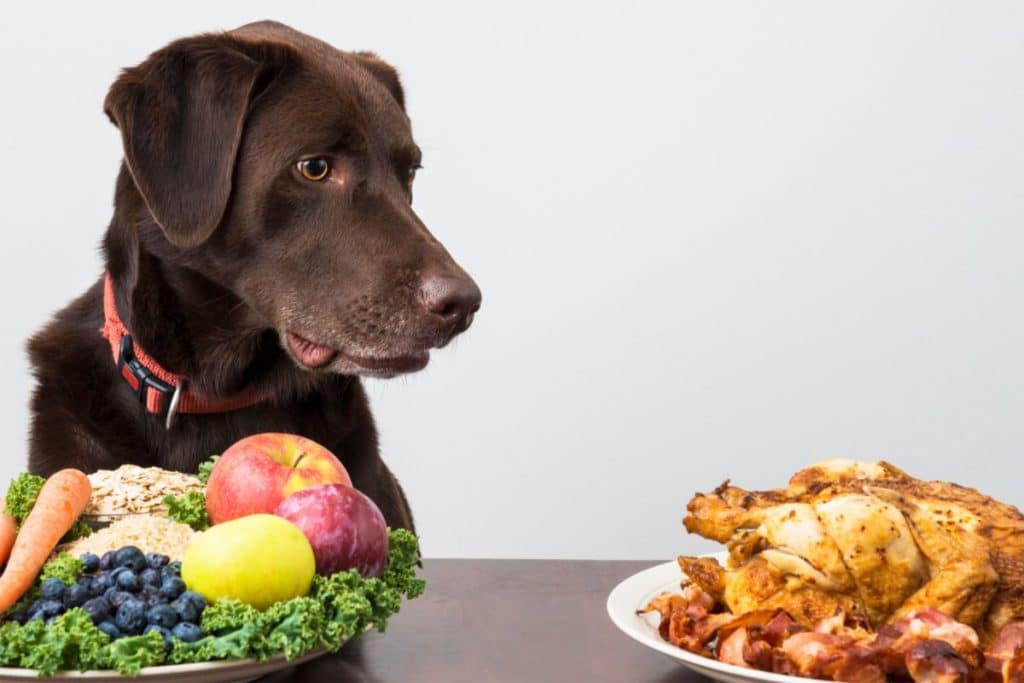
4. How do I syringe feed my dog without causing discomfort?
Syringe feeding can be a valuable method to ensure your dog receives essential nutrients when they are unwilling or unable to eat independently. However, it’s essential to approach this technique with utmost care and under the guidance of a veterinarian.
Before attempting syringe feeding, consult your vet to determine the appropriate type of food and the correct feeding amount for your dog’s specific needs.
Here’s an educational section on how to do it safely:
Step 1: Prepare the Food Mixture
Choose a high-quality, nutritionally balanced dog food and blend it with water or a specialised liquid diet prescribed by your vet. Ensure the mixture is smooth and free from lumps that could clog the syringe.
Step 2: Use the Syringe Properly
Select a syringe of the appropriate size, typically without a needle, to make feeding easier and safer for your dog.
Fill the syringe with the prepared food mixture and gently expel any air bubbles to prevent discomfort during feeding.
Step 3: Attempt Feeding with Patience and Care
Find a comfortable and quiet space for the feeding session, ensuring your doggo is relaxed. Gently approach them, and with one hand, lift their upper lip to create a small gap between the teeth.
Place the syringe between the cheek and teeth and slowly administer the food, allowing them time to swallow fully.
Be patient and gentle throughout the process, offering reassuring words and affection to keep your dog at ease.
Read More: My Dog Won’t Eat or Sleep: What do I do?
5. Why won’t your dog eat?
So, let’s dive into the possible reasons why your furry friend may be turning up their nose at mealtime:
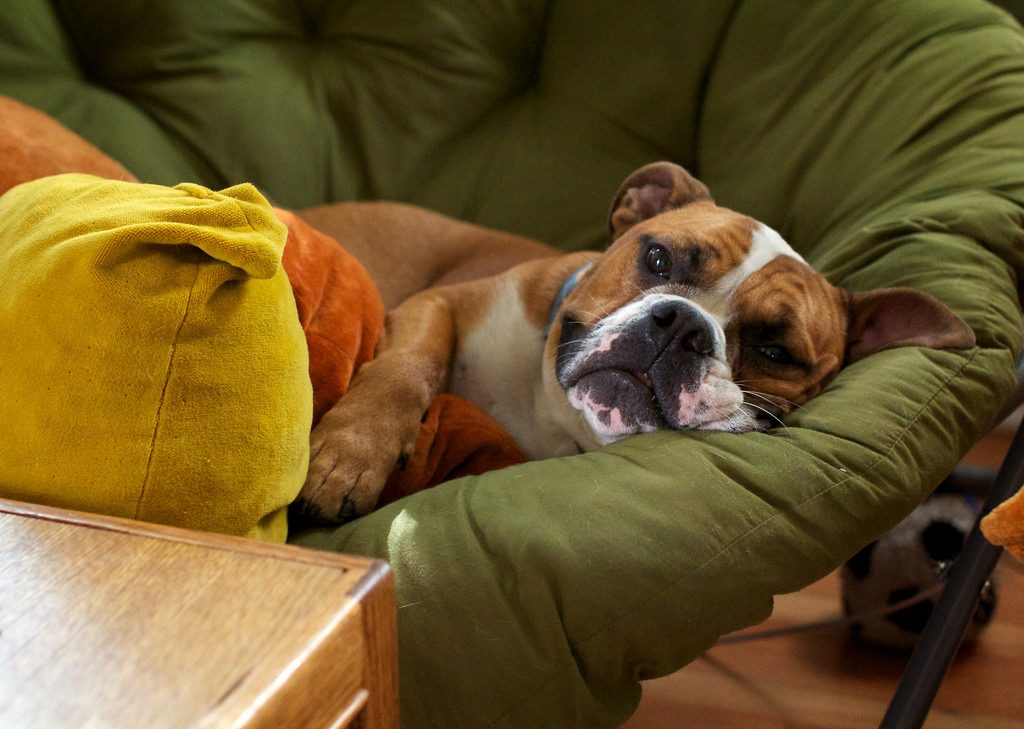
1. Stress or Anxiety
Dogs, like humans, can experience stress and anxiety. Changes in their environment, routine, or household dynamics can lead to a loss of appetite. Loud noises, visitors, or even a new pet sibling could also trigger their anxious feelings.
2. Medical Issues
Dental issues, digestive troubles, or pain could make eating uncomfortable for them. If you notice any other unusual symptoms alongside their decreased appetite, it’s essential to seek veterinary advice promptly.
3. Changes in the Environment or Routine
Dogs THRIVE on routine. Even minor changes can affect their eating habits. Moving to a new home, travelling, or changing their feeding schedule may disrupt their eating routine.
4. Behavioral Problems
Behavioural issues can sometimes decrease appetite. Dominant dogs may only eat if they feel relaxed during mealtime.
5. Food Preferences
Dogs have their taste preferences just like us. If they don’t find their current food appealing, they might resist eating it. Speaking of taste, it could be anything like the food is too hot, cold, salty, sweet or bitter.
Additionally, you should give them treats in moderation, or they’ll get used to the enticing taste and dislike their regular food.
Be very observant of your dog’s habits. Understanding these potential reasons can be a crucial first step in helping your dog regain their appetite.
Read More: Why does my dog stink after being outside?
6. When to Be Concerned: Signs of a Serious Issue
While occasional fluctuations in appetite are normal, certain signs should raise concern and prompt immediate action. Being attentive to these red flags can make all the difference in your dog’s health and well-being.
Here are some indicators that your dog’s decreased appetite may be a cause for concern:
1. Significant Weight Loss: A considerable drop in your dog’s weight signals something is amiss.
2. Lethargy and Weakness: It indicates an underlying problem affecting your dog’s energy levels leading to loss of appetite.
3. Vomiting or Diarrhea: Frequent episodes of vomiting or diarrhoea, especially when accompanied by a loss of appetite, may indicate gastrointestinal distress or infection.
4. Changes in Behavior: Observe any sudden changes in your dog’s behaviour, such as restlessness, aggression, or withdrawal, which may be linked to a reluctance to eat.
5. Excessive Thirst: Increased water consumption, also known as polydipsia, combined with reduced food intake, could indicate a potential health issue.
6. Disinterest in Activities: If your usually playful and active dog seems disinterested in their favourite activities, it could indicate an underlying problem.
7. Foul Breath or Drooling: Persistent bad breath or excessive drooling may suggest dental issues impacting your dog’s ability to eat comfortably.
If you notice any of these signs or a combination, it’s crucial to consult your veterinarian promptly.
Your vet will be able to conduct a thorough examination and determine the underlying cause of your dog’s loss of appetite. Early intervention can prevent potential complications and ensure your furry friend gets the necessary care.
7. How to get a sick dog to eat?
When your furry friend is sick, proper nutrition becomes even more critical to support their recovery. The dilemma is that the very sickness makes them reluctant to eat.
When dogs are sick, their bodies focus on healing and may temporarily suppress their appetite. In other situations, illnesses, infections, or pain can cause discomfort, reducing the desire to eat.
Here’s how you feed a sick dog:
- Offer a variety of tempting foods: Present a selection of enticing, easy-to-digest foods like boiled chicken, rice, or low-sodium broth.
- Hand-feeding with care: If your sick dog is reluctant to eat, try hand-feeding small portions to encourage them to start eating.
- Consult your vet: Seek veterinary advice to ensure you’re providing appropriate food for your dog’s specific condition.
- Provide Proper Hydration: Ensure your sick dog stays hydrated by offering fresh, clean water. If refused, try offering ice chips or small amounts of water frequently.
- Frequent, Small Meals: Instead of large meals, offer frequent, small portions throughout the day to avoid overwhelming their sensitive stomachs.
- Warming Food: Some sick dogs may prefer warm food, which can be more palatable and easier to smell. However, it shouldn’t be too hot, as extreme temperatures can irritate a dog’s mouth and throat.
8. Conclusion
Feeding a dog who won’t eat can be challenging and concerning for any dog owner. Instead of force-feeding, focus on alternative methods that are natural and helpful to the overall issue.
Additionally, be attentive to signs of underlying health issues or behavioural challenges affecting their appetite. Always consult your veterinarian to ensure you provide the best care and nutrition for your dog’s well-being.
You can help your furry friend rediscover their love for a nice meal by approaching the situation with patience, understanding, and professional guidance.
9. Frequently Asked Questions
1. How long should I let my dog refuse to eat?
Generally, you shouldn’t let your dog refuse to eat food for more than 24 hours. Seek veterinary advice immediately if that happens. Extended periods of starvation can lead to serious health issues and prompt attention from a vet to help identify and address the underlying cause of their decreased appetite.
2. How can I create a stress-free feeding environment for my dog?
To create a stress-free feeding environment, choose a quiet and comfortable space for mealtime, away from distractions. Use clean, stainless-steel or ceramic food bowls to eliminate any off-putting odours. Stick to a consistent feeding routine to provide a sense of predictability for your dog.
3. Is it normal for dogs to occasionally lose appetite?
Generally, it’s common for dogs to have occasional fluctuations in their appetite. Factors like weather changes, mild illnesses, or temporary stressors can cause a temporary loss of interest in food. However, you must call a vet if their decreased appetite persists for more than a day or is accompanied by other concerning symptoms.
4. How do vets force-feed dogs?
Generally speaking, vets may use syringe feeding to provide essential nutrients to dogs unwilling or unable to eat independently. They use a syringe without a needle to administer a prepared food mixture directly into the dog’s mouth.
5. Is it OK to syringe-feed a dog?
Syringe feeding can be a temporary solution to provide necessary nutrition for a dog that refuses to eat. However, it should only be done under the guidance of a veterinarian, as improper syringe feeding can cause discomfort or even harm to your dog.
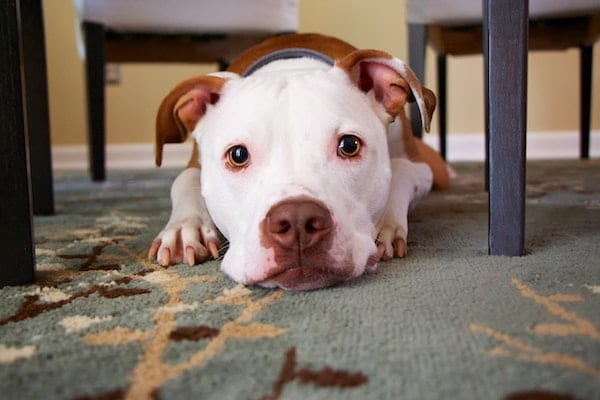



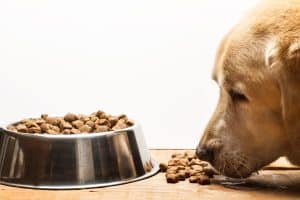
My dog literally walks away on everything I try to feed her. Clearly she is hungry, however she rather walk away then eat whatever I put down.
I started to cook her meals consisting of, ground turkey, brown rice, sweet potatoes, carrots , Broccoli and spinach. She ate it once and loved it. Next few days she walked away. So now I force-feed with syringe twice a day. Am I cruel to do this?
My culture Pomeranian dog don’t eat dog food she only wants chicken but she can’t digest chicken it’s not good for her digest… She literally stay hungry for 1 to 2 days but don’t eat dog food. what to do??? Give some solutions
I have a 14 year old standard poodle. He’s had blood work, an abdominal ultrasound and an echocardiogram and nothing was found. I took him to the emergency vet last week and his vitals were good. He is losing weight but it’s hard to feed a 60 lb. dog enough thru a syringe. He’s drinking but won’t eat so I am syringe feeding him. He’s okay with it. I’ve been doing it for 3-4 weeks now. I’d love to figure out how to get him to eat again. His poop which only happens every few days looks fine and he does not vomit. I’m pretty sure he would starve to death if I didn’t syringe feed him.
My dog literally walks away on everything I try to feed him. he is hungry, however he walks away then eat whatever I put down.
I started to cook his meals consisting of, ground turkey, beef. Salmon, tuna fish, white rice, brown rice, sweet potatoes, carrots , Broccoli and spinach. he ate it once. And now he walks away.
I am now on my second old dog who refuses food. With the large Setter (who I adopted when she was 11 but was abused her entire life before that and severely underweight) I finally bought a good quality pastry bag and it worked. I have been spoon feeding my little 14 year old Yorkie for over a year now since she is underweight and cannot afford to lose any weight. She absolutely refuses to eat on her own and now has started spitting out any food she is fed on a spoon. I am back to the pastry bag method which again works.